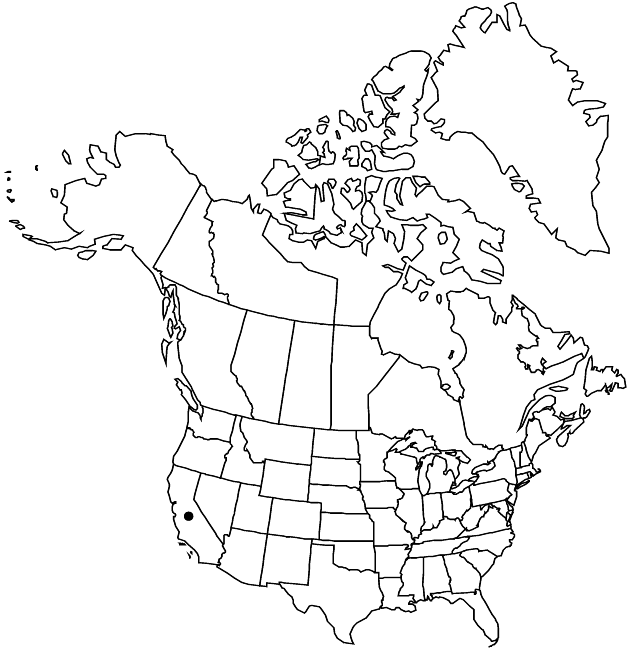Crepis rubra
Sp. Pl. 2: 806. 1753.
Annuals, 4–40 cm (taproots shallow). Stems 1–8, decumbent to ascending, scapiform, branched proximally, glabrate to tomentulose. Leaves basal and cauline; petiolate; blades (at least basal) oblanceolate or runcinate, 2–15 × 0.5–3 cm, (bases attenuate) margins pinnately lobed to dentate, apices acute, faces hirsute. Heads 1 (–2), usually borne singly (peduncles scapiform). Calyculi of 8–10, ovatelanceolate, glabrous bractlets 4–8 mm. Involucres cylindro-campanulate, 11–15 × 4–7 mm. Phyllaries 8–14, (dark medially), lanceolate, 10–12 mm, (margins yellowish) apices acute, abaxial faces sparsely to densely stipitate-glandular, adaxial with fine, appressed hairs. Florets 40–100; corollas pink or white, 16–17 mm. Cypselae dimorphic, dark-brown, fusiform: outer curved, 8–9 mm, coarsely beaked, inner straight, 12–21 mm, finely beaked, ribs 10 (sharply spiculate); pappi yellowish white to dusky white (fine), 5–8 mm. 2n = 10.
Phenology: Flowering Apr–Jun.
Habitat: Rocky fields, waste places
Elevation: 200–300 m
Distribution

Introduced; Calif., Eurasia, also widely
Discussion
Native to the Mediterranean region and Asia Minor, Crepis rubra is widely cultivated throughout the world and occasionally escapes. It can be easily recognized by its annual habit, scapiform stems, relatively large, often single heads, and pink or white corollas. Wild plants are shorter than cultivated ones.
Selected References
None.
Lower Taxa
"fine" is not a number."fine" is not a number.